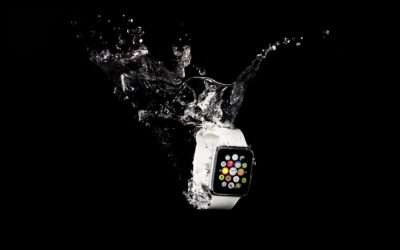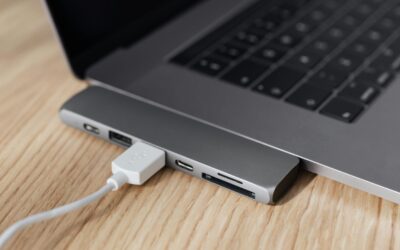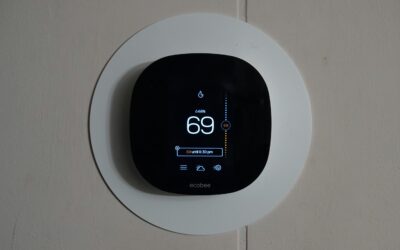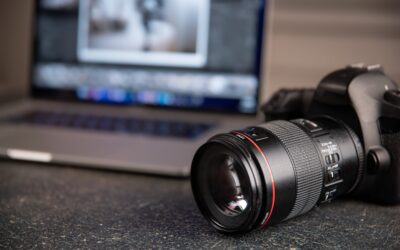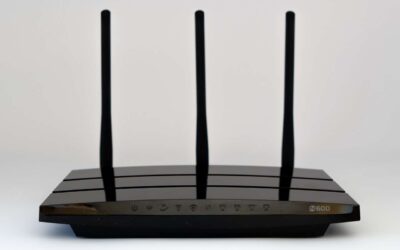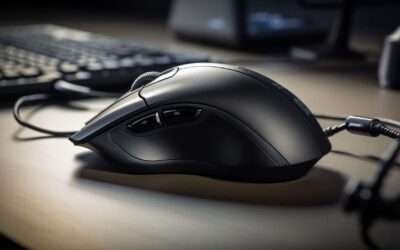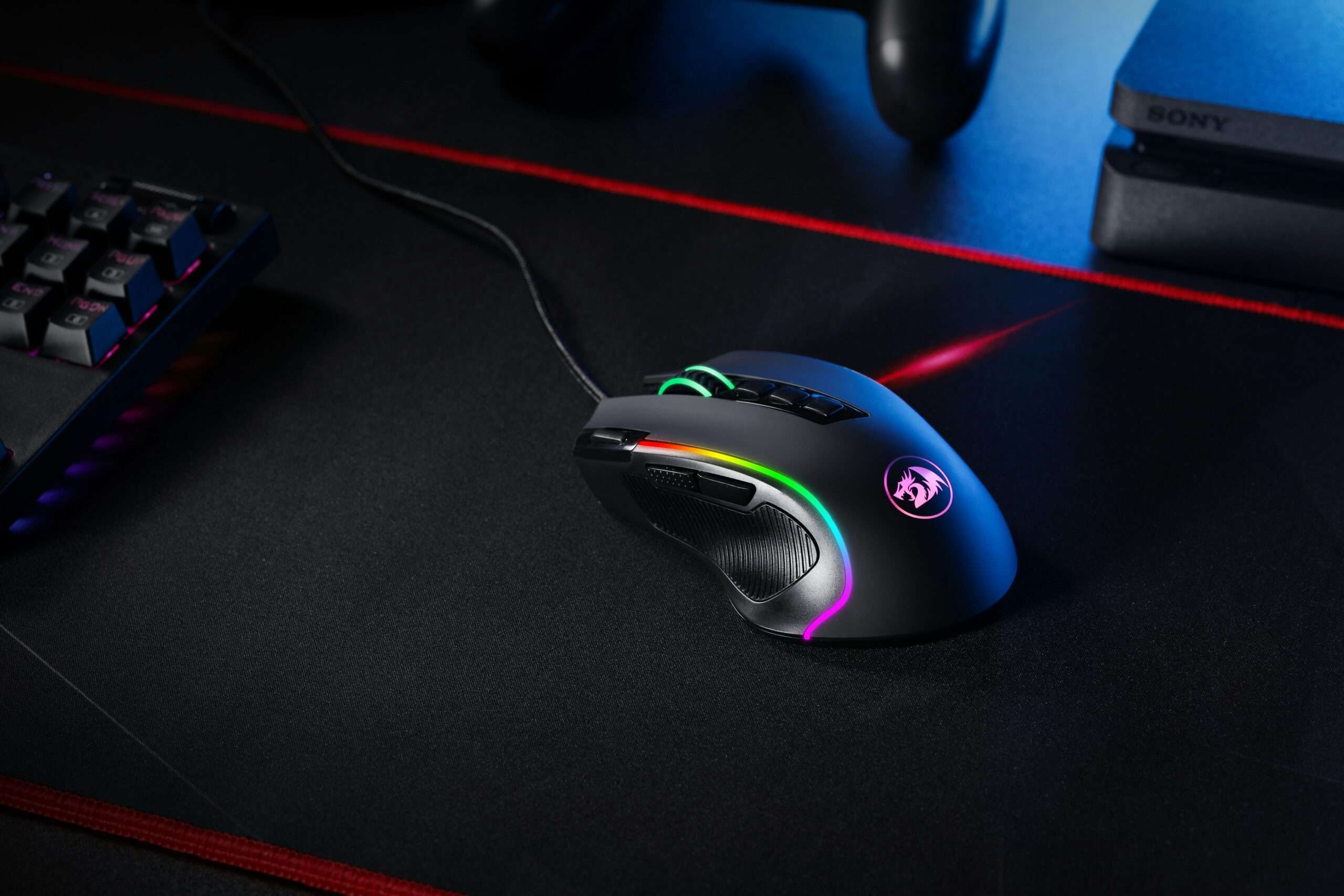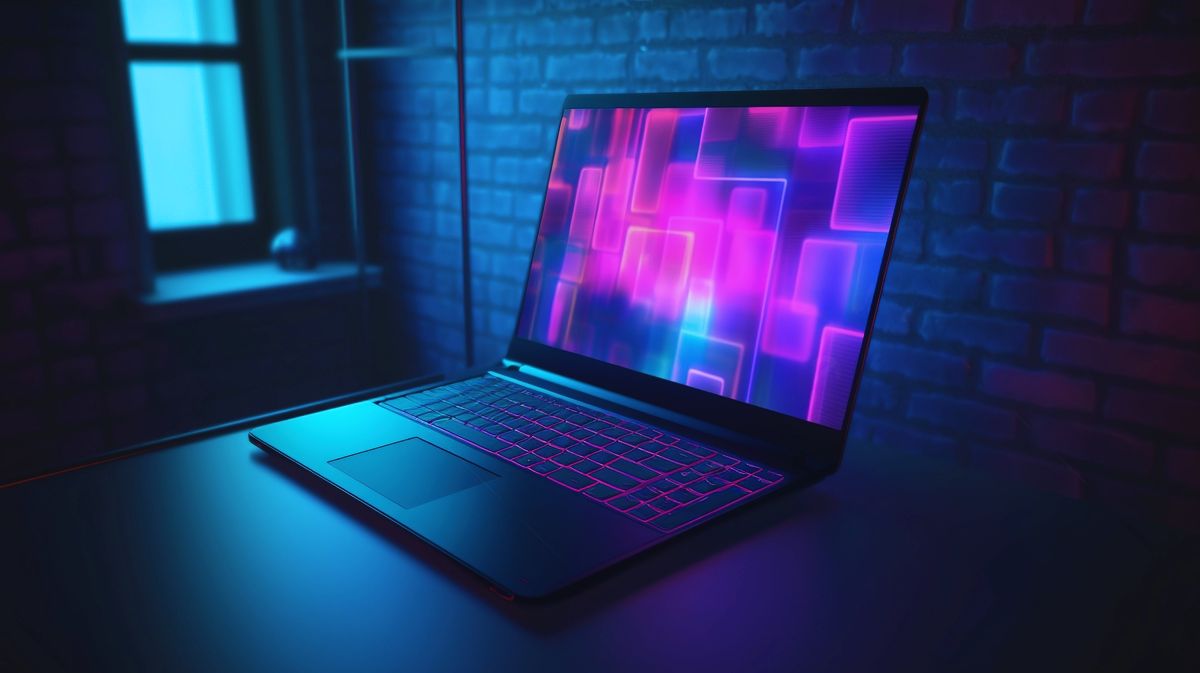
Top 8 Best Cameras for Beginners In 2024
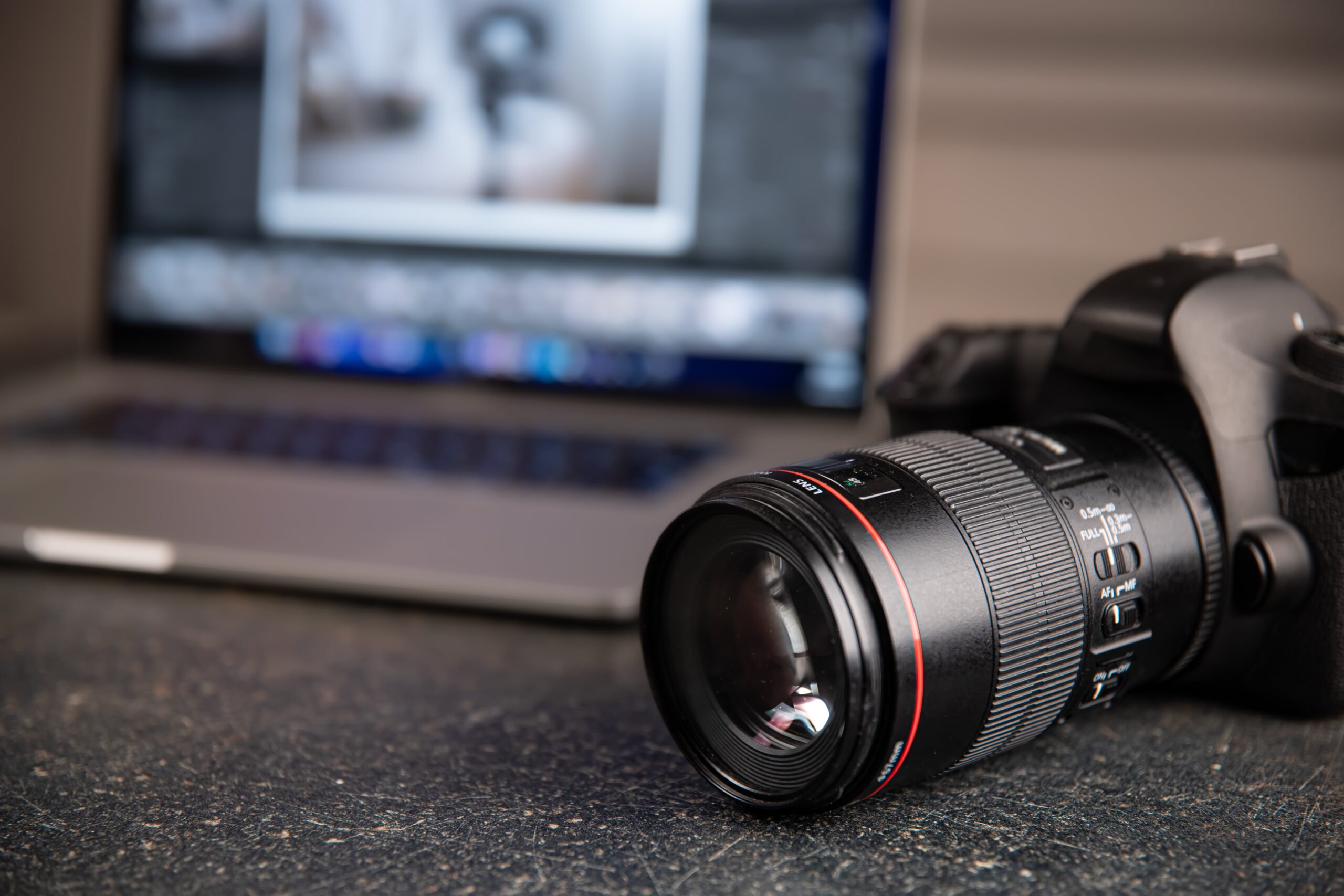
Table of Contents
Choosing the right camera for a beginner may turn out to be a challenge, but don’t be scared since we’ve worked through an approved list of the top 8 best cameras for beginners in 2024 that will instruct you on how to use them with ease and confidence.
Whether you want to take landscapes, capture some precious moments spent with your loved ones, or want to build up a vlog, this guide includes everything.
What to Look for in a Beginner Camera?
Before we dive into the specific models, it’s important to understand what features make a camera great for beginners. Here are some of the key things to consider before purchasing your first camera
Ease Of Use
User Interface
Straightforward menus and user-friendly controls that won’t cause you frustration when navigating settings.
Auto Modes
Some models have intelligent auto settings to help you take great photos without manually changing every parameter.
Tutorials And Guides
Some cameras include built-in tutorials or guides on how to use a particular function while learning on the move.
Affordability
As a first-timer, it’s very important to find a camera that offers good value without breaking your wallet.
Price Range
Best beginner cameras cost typically between $300 and $800.
Value for Money
Look for cameras that strike a good balance between features and cost.
Portability
A portable camera is more likely to be taken along on adventures, ensuring you never miss capturing a moment. Again, some of the factors are:
Weight and Size
Compact and lightweight designs are more portable. For example, if you travel a lot, in that case, you would probably need a camera which you can easily carry with you at that time. If you have a light weight camera it will definitely give you the pleasure that you don’t need to carry bulky cameras with you.
Design Considerations
Ergonomics and build quality are critical factors as they will have a big impact on your comfort and usability level.
Image Quality
You will also want high image quality if you are a beginner.
Resolution
Megapixels matter but aren’t as crucial as you might think. Most entry-level cameras have more resolution than you need.
Sensor Size
Larger sensors generally offer better image quality, particularly in low light. It is better for a person who is entering the photography world.
Lens Quality
The quality of the lens can affect your photos so much. Consider whether the camera comes with a good kit lens or offers interchangeable lenses.
Versatility
Your very first camera needs to be versatile enough for many types of shooting, including:
Different Photography Types
Be sure your first camera can hold its own in portraits, landscapes, and action shots.
Adaptability
The camera has to be flexible for many scenarios .
Support and Community
Good support and a community can make learning photography much easier:
Learning Resources
Look for cameras that have available tutorials, guides, and online participating communities.
Brand Support
Analyze the customer service and warranty offered by the brand.
What Are The Types Of Cameras?
Understanding the different types of cameras available can help you make an informed decision. Here are the main types of cameras you should consider:
1 DSLR Cameras
What are the features of DSLR cameras?
On the other hand, DSLR (Digital Single-Lens Reflex) cameras are very famous due to their optical viewfinders, which provide a real image, and clear view of your subject through the lens. They have interchangeable lenses, hence the freedom to change depending on the kind of shot one wants to take—from wide-angles for landscapes to telephoto for subjects that are far away.
They also offer variable settings, from full manual controls to modes that guide new users.
What are the advantages of DSLR cameras?
Firstly, DSLRs are highly durable and designed for extensive use under various environmental conditions. Another added advantage associated with them is usually long battery life. This happens because the mirrorless camera does not need power in its optical viewfinder.
Another significant advantage associated with DSLR cameras is the high image quality produced. Larger sensors and high-quality lenses support this benefit.
Examples
- Canon Rebel Series: Known for being user-friendly and very pocket-friendly for beginners.
- Nikon D-Series: Ranges from the entry-level to the professional series, thus ensuring high picture quality. results.
2 Mirrorless Cameras
What are the features of mirrorless cameras?
Mirrorless cameras are characterized by their electronic viewfinders that show a digital preview of what your shot will look like, often with other information overlaid. Their bodies are compact and lighter in weight compared to DSLRs because of the omission of the mirror mechanism.
Mirrorless cameras, similar to DSLRs, come with interchangeable lenses to suit all shooting conditions.
What are the advantages of mirrorless cameras?
In general, mirrorless cameras offer an added advantage with faster shooting speeds and can work completely silently, which can be useful in photographing moving subjects or taking images in quiet environments. They perform well in video use and outperform most DSLRs.
Examples
- Sony Alpha Series: With fast and accurate autofocus.
- Fujifilm X-Series: Popular for its retro design and excellent image quality.
3 Compact Cameras
What are the features of compact cameras?
Compact cameras, otherwise called point-and-shoot cameras, have fixed lenses designed to suit all sorts of applications. It gives very easy usage with simple user interfaces and very few manual settings, hence very friendly for beginners. What makes them portable is that they are small and lightweight, easily fitting in pockets or small bags.
What are the advantages of compact cameras?
Compact cameras are very portable and easy to use and therefore convenient to the user. They are also generally a lot cheaper than DSLRs and mirrorless cameras, therefore good value for a beginner on a tight budget.
Examples
- Canon PowerShot Series: Known for its reliability and performance in a compact form.
- Sony RX100 Series: Offers excellent image quality and features in a small, portable package.
4 Action Cameras
What are the features of action cameras?
Action cameras are designed to be rugged to endure a degree of water, dust, and shock exposure. They have wide angles that give them a broader perspective, perfect for action shots. Mounts are available with the devices to attach cameras to your helmet, bike, and many other kinds of gear.
What are the advantages of action cameras?
Action cameras can support very rough usage and are designed for highly strenuous activities, like extreme sports and other outdoor activities. They are also compact and light, thus convenient to move around with and mount on many types of equipment. Many action cameras can capture video in high resolution to ensure quality footage in adverse conditions.
Examples
- GoPro HERO Series: The industry standard for action cameras, known for its durability and high-quality video.
- DJI Osmo Action: Features robust design and excellent stabilization for smooth footage.
5 Smartphone Cameras
What are the features of smartphone cameras?
Smartphone cameras come in handy since they are always with you, integrated into your mobile device. They use advanced computational photography to enhance image quality, often with features such as HDR, Portrait mode, and Night mode. Smartphones also have seamless sharing of photos, especially with Social Media and Cloud Storage.
What are the advantages of smartphone cameras?
Since cameras are always within your hands with a smartphone, they turn out to be perfect for impromptu shooting. Intuitive software provides automated adjustments and enhancements so that good photos come with minimum effort. The other major advantage, however, is immediate shareability directly from a device.
Example
- iPhone Pro Series: Known for its excellent camera quality and advanced features.
- Samsung Galaxy S Series: Offers high-resolution cameras with a wide range of features.
The right camera would depend on your requirements and the kind of picture-taking you wish to do. For enthusiasts and professionals, the DSLR is a very good device since it’s versatile, rugged, and can take lots of pictures. Mirrorless cameras are compact, have brilliant video capabilities, and are important for travelers and vloggers.
Compact cameras are very good for beginners and casual photographers who want convenience and simplicity in their operation. Action cameras are ideal for adventurers and sports enthusiasts in general due to the ruggedness and durability required to capture shots under extreme conditions. Last but not least, a smartphone camera is good for everyone due to its convenience, advanced features, and integration into social media.
Top 8 Best Cameras For Beginners In 2024
Here are our top picks for the best beginner cameras in 2024—each of them is special in a way to best fit diverse needs and tastes.
1 Canon EOS Rebel T7

The Canon EOS Rebel T7 is still the best for beginners, with a 24.1 Megapixel CMOS (APS-C) sensor, ISO range of 100-6400 that can be expanded to 12800, built-in Wi-Fi and NFC tech, a 9-Point AF system, AI Servo AF, an optical viewfinder that covers about 95% of the image so you never miss a shot. It also supports any Canon EF or EF-S mounted lens, thus versatile and easy to use.
Reasons To Buy Canon EOS Rebel T7
- High-quality images with a 24.1 Megapixel CMOS sensor
- Easy user interface; best for beginners in search of the best cameras in 2024
- Has inbuilt Wi-Fi and NFC capabilities that allow easy sharing and remote control
- Will support a wide range of Canon EF and EF-S lenses
- High ISO range performance in low light conditions
Pros
- The high-resolution sensor assures excellent image quality.
- Easy to use, thus best for beginners.
- Built-in Wi-Fi and NFC make sharing and connecting a breeze.
- Interchangeable lenses and a wide choice of compatible lenses are available.
Cons
- A maximum aperture of 5.6f limits the depth of field control.
- Optical viewfinder offers only 95% coverage.
- Continuous shooting speed is limited compared to other higher-end models.
Quick Summary
The Canon EOS Rebel T7 is a wonderful way for beginners to experience a DSLR camera by delivering great image quality, ease of use, and easy sharing. It features a 24.1 Megapixel CMOS sensor, DIGIC 4+ Image Processor, and a broad ISO range that assures fabulous performance in any light.
It comes with built-in Wi-Fi and NFC, so sharing photos is pretty easy. Additionally, the number of Canon EF and EF-S lenses that can be used with it gives any photographic enthusiast all the flexibility they might want. Although it has a couple of limitations, it’s still a great choice for those starting their journey in photography.
2 Nikon D3500

The Nikon D3500 is a very approachable DSLR that boasts a 24.2MP DX-format CMOS sensor and an EXPEED 4 image processor for delivering still images and videos of exceptional quality. It features a 3.0″ 921k-dot LCD, Full HD 1080p video recording at 60 fps, an 11-point AF system, and SnapBridge Bluetooth connectivity for seamless image sharing. It’s Guide Mode and in-camera Special Effects make it a perfect camera for new photographers.
Reasons To Buy
- 24.2MP CMOS sensor for high image quality
- Guide Mode and Special Effects for ease of use among beginners
- Wireless image sharing with SnapBridge Bluetooth
- Full HD 1080p video recording at 60 fps
- Lightweight and intuitive design
Pros
- Great image quality and resolution
- Beginner-friendly features
- Bluetooth connectivity for easy sharing
- Full HD video capabilities
- Lightweight and portable
Cons
- Low optical zoom of only 1x
- No optical low-pass filter that can cause moire
- Not much-advanced features for professional photographers
Quick Summary
The Nikon D3500 is one of the best-rated cameras for beginners in 2024. It offers superior imaging through its 24.2MP CMOS sensor and EXPEED 4 processor, which support full HD video recording. It is one of the most user-friendly devices available today, with features such as Guide Mode and in-camera Special Effects.
The camera body is light, and image sharing is done through SnapBridge Bluetooth; thus, this device is perfect for those who like taking great shots and easily sharing them. But it misses some advanced features.
3 Sony Alpha a6000

The Sony Alpha a6000 is compact and lightweight, with a mirrorless camera with a 24.3MP Exmor APS HD CMOS sensor, and is powered by the BIONZ X image processor. It offers Hybrid AF with 179 phase-detection points and 25 contrast-detection points, which delivers fast and accurate autofocus.
It is also equipped with a 3-inch tilting LCD and a 0.39-inch electronic viewfinder that can now offer more flexibility in capturing still images. This camera can capture ISO 100-25600 to be expanded to 51200 and 11 FPS for superb captures in an instant.
Reasons To Buy
- 24.3MP sensor, coupled with the BIONZ X processor for excellent image quality
- Hybrid AF system for speed and accuracy in autofocus
- Small and lightweight in design, making it portable
- Tilting LCD and electronic viewfinder make it versatile in shooting
- High-speed continuous shooting up to 11 FPS
Pros
- The sensor is Advanced High-Resolution and Hosts a Strong Image Processor
- Hybrid AF System enables rapid and accurate autofocus
- Light and portable, making it travel and day-to-day friendly
- Tilting LCD and Electronic Vocabulary adds shooting flexibility
- High ISO range with enhanced performance in dim light
Cons
- Lacks in-body image stabilization
- Battery life is not the best, with up to 360 shots per charge
- Only compatible with E-type lenses from Sony
- The menu system is quite complicated for beginners
Quick Summary
The Sony Alpha a6000 is a versatile mirrorless camera that features compact dimensions, excellent image quality, and ultra-fast autofocus. Due to its high-resolution sensor and advanced autofocus system, it provides clear images with details.
Its tilting LCD screen and electronic viewfinder provide flexible working angles for the photographer, and high-speed continuous shooting allows users to capture fast-moving subjects.
4 Fujifilm X-T2004

The Fujifilm X-T200 is a versatile mirrorless camera with a 24.2MP CMOS sensor featuring on-sensor phase detection pixels to achieve fast and accurate autofocus. It offers 4K video recording with a vari-angle 3.5-inch LCD touchscreen and Fujifilm’s renowned Film Simulation modes for creative photography.
Equipped with intuitive controls and advanced features like HDR video and automated subject recognition, the X-T200 is ideal for photography enthusiasts and videographers alike.
Reasons To Buy
- 24.2MP CMOS sensor with on-sensor phase detection pixels
- 4K DCI video recording capability
- Vari-angle 3.5-inch LCD touchscreen for flexible shooting
- Fujifilm’s Film Simulation modes for creative photography
- HDR video function for high-contrast scenes
- Fast autofocus with Face/Eye Detection AF
- 8 fps continuous shooting speed
- Lightweight and portable design
Pros
- Excellent image quality due to the Fujifilm color science legacy
- Capable of recording versatile 4K videos
- High-definition user-friendly vari-angle touchscreen
- Advanced autofocus and Face/Eye Detection
- HDR video function for enhanced video recording
Cons
- Imposes digital stabilization rather than leveraging optical stabilization
- Limited to Fujifilm X-mount lenses
- Battery life should be better when one has long shooting sessions.
Quick Summary
The Fujifilm X-T200 is one of the best cameras available to beginners. It is a feature-rich mirrorless camera specialized in shooting both moving and still images. It comes with a high-resolution sensor and is capable of 4K video to empower creatives with the best possibilities of expression.
It’s quite easy to operate with an intuitive vari-angle touchscreen, and Fujifilm’s popular Film Simulation modes can ensure photographers of any style for their photos. Sure, it omits in-body stabilization and one might want to pack extra batteries for those long sessions, but the X-T200 still emerges as one of the favorites for many enthusiasts and content creators who need power in a compact camera.
5 Canon EOS M50

Introducing the Canon EOS M50, one of the best cameras for beginners, in a compact and versatile, mirrorless design. It sports a 24.1 Megapixel APS-C CMOS sensor and DIGIC 8 Image Processor for brilliant still images and 4K UHD 24p video
Fast autofocus is facilitated by Dual Pixel CMOS AF, and the vari-angle touchscreen LCD lets you work from virtually any viewpoint to capture high and low-angle shots with ease.
Reasons To Buy
- The 24.1MP APS-C CMOS sensor produces images that are clear and detailed in terms of resolution.
- Video recording is cinematic due to the 4K UHD 24p capability.
- Fast and accurate autofocus with the Dual Pixel CMOS AF.
- Vari-angle touchscreen LCD facilitates intuitive shooting from various angles.
- Compact and light, perfect for new photographers or even travelers.
Pros
- Great image quality and color accuracy aided by the DIGIC 8 processor.
- 4K video significantly improves the quality and details of your video.
- Dual Pixel CMOS AF delivers fast and accurate focusing.
- Vari-angle touchscreen LCD allows excellent flexibility when shooting.
- Built-in electronic viewfinder gives great help in composition.
Cons
- Digital image stabilization; no optical stabilization.
- A maximum aperture may let low light performance down.
- Restricted to Canon EF-M mount lenses only.
Quick Summary
The Canon EOS M50 happens to be that camera, finally bringing high-resolution imaging and 4K video into one package, while offering some friendly features such as Dual Pixel CMOS AF and a vari-angle touchscreen LCD that provide an entry-level user experience.
It is compact and thus easy to carry around and use while traveling or for everyday purposes. Most importantly, though, it relies on digital stabilization and has limited lens availability. All in all, the EOS M50 is a fine choice for any budding photographer looking to level up in photography using a versatile and capable mirrorless camera.
6 Olympus OM-D E-M10 Mark IV

See for yourself the Olympus OM-D E-M10 Mark IV, one of the best cameras for beginners available today. It comes equipped with a 20 MP Live MOS sensor and advanced 5-axis image stabilization. This mirrorless camera has a flip-down monitor for easy self-portraiture and a dedicated Selfie mode.
This camera also offers Wi-Fi and Bluetooth connectivity, is capable of recording in 4K, has 16 Art Filters to be versatile and creative with your photos, and features Instant Film for that nostalgic effect.
Reasons To Buy
- High-resolution 20 MP Live MOS sensor ensures detailed images.
- 5-axis in-body image stabilization minimizes camera shake.
- Flip-down touchscreen monitor with Selfie mode simplifies self-portraits.
- Wi-Fi and Bluetooth connectivity allow for seamless sharing and remote control.
- A lightweight and compact design ideal for travel and everyday use.
Pros
- Excellent image quality and sharpness with the 20 MP sensor.
- Effective 5-axis image stabilization for steady shots and videos.
- User-friendly flip-down monitor enhances shooting flexibility.
- Wide range of creative options with 16 Art Filters.
- Portable and beginner-friendly design.
Cons
- Fewer available lenses within the Micro Four Thirds system
- Digital Zoom reduces the quality of the image
- Battery life is only middle of the road – additional power management may be needed
- Menu navigation can be a little confusing at first
Quick Summary
The Olympus OM-D E-M10 Mark IV would be high on the list of cameras for beginners, with features such as excellence in imaging quality, higher-level capabilities like 5-axis stabilization, and creative filters for different genres of photography.
In view of the compactness and ease of operation, it would be a very good camera for a newcomer who needs a versatile and reliable machine to capture unforgettable moments. Nevertheless, everyone who wants to purchase this camera has to consider its limitations regarding lenses and battery life during long-hour shooting sessions.
7 Panasonic LUMIX G7

Take a closer look at the Panasonic Lumix G7, probably one of the best cameras for beginners, powered with a 16MP Micro Four Thirds sensor and class-leading 4K video. This mirrorless camera possesses twin intuitive dual dials that easily change aperture and shutter settings smoothly; Wi-Fi connectivity can be used for sharing your best moments. Capture stunning 4K QFHD video and high-resolution photos to help you get crystal-clear images with amazing resolution.
Reasons To Buy
- High-resolution 16MP Micro Four Thirds sensor for sharp images and details.
- 4K QFHD video recording with three different 4K Photo modes for capturing the right moments.
- Design that is easy to use and twin dials for a quick change of settings.
- Sharp composition with the OLED viewfinder and tilt/swivel LCD.
- Connectivity options include mic and remote ports, USB, and micro HDMI for enhanced versatility.
Pros
- The camera comes equipped with an effective 16MP sensor for image capture and delivering video in 4K.
- Intuitive controls and customizable function buttons for efficient operation.
- High resolution and clear OLED viewfinder; OLED LCD screen responsive to the touch
- Good connectivity options to make shooting realize their potential
Cons
- In-body stabilization is not built-in but is dependently lens-based
- Low light shooting may be affected by limited maximum aperture.
- Complicated menu navigation for a first-timer
- Extra cost in accessories required for use
Quick Summary
The Panasonic Lumix G7 is no doubt one of the best cameras for beginners looking to shoot high-resolution images and record videos in 4K with very easy-going control over its compact design. This device is highly recommended for photo and video enthusiasts because it offers versatility with advanced features and different connectivity options.
Even with its reliance on lens stabilization and its menu complexity, this Lumix G7 is still a more-than-sufficient tool for those who want to explore creative possibilities in digital imaging.
8 Nikon Coolpix B500

Now, meet the Nikon Coolpix B500—an all-rounder digital camera that comes into the list of best cameras for beginners because of its mind-blowing features, which a beginner should interact with in their photography journey.
It provides a class-leading 40x optical zoom lens ability with 80x Dynamic Fine Zoom for subjects at a distance, ensuring that they are captured clearly. It has a 16MP CMOS sensor, along with a Lens-Shift Vibration Reduction to provide clear photos and steady Full HD 1080p videos.
On the other hand, with Bluetooth, Wi-Fi, and NFC connectivity, you can instantly share and remotely control using a smartphone. Other than that, the tilting 3.0-inch LCD screen adds further versatility to how you shoot with this camera, making it just ideal to capture your adventures and share them in an instant.
Reasons To Buy
- 40x optical zoom and 80x Dynamic Fine Zoom for versatile shooting
- High-resolution 16MP CMOS sensor for clear images.
- Full HD 1080p video recording at 30 fps.
- Bluetooth, Wi-Fi, and NFC connectivity for easy sharing and remote control.
- Tilting 3.0-inch LCD screen for flexible shooting angles.
Pros
- It has an excellent zoom capability to shoot distant scenes and subjects clearly.
- High-resolution sensor ensures detailed images.
- Easy connectivity for sharing and remote operation instantaneously
- Tilt LCD screen for versatile shooting angles
Cons
- Photo format is limited only to JPEG format
- Additional batteries may be required with extended use
- Optical image stabilization is only up to the 4-axis.
Quick Summary
The Nikon Coolpix B500 holds a good position among the best cameras for entry-level photographers, delivering amazing zoom, high resolution, and imaging, coupled with easy connectivity for instant sharing. With all-round capability and user-friendly design, the tilting LCD screen in composition, it’s perfect for capturing and sharing all the memorable moments of your life with so much ease.
Conclusion
In summary, knowing the needs and desires of each person best determine the best camera for beginners. From the cameras reviewed earlier—the Canon EOS Rebel T7, Nikon D3500, Sony Alpha a6000, Fujifilm X-T200, Canon EOS M50, Olympus OM-D E-M10 Mark IV, Panasonic Lumix G7, and Nikon Coolpix B500—each has its special features that can match different photography skills and styles.
The Canon EOS Rebel T7 and Nikon D3500 are clear winners for ease of use and versatility since both of them have user-friendly interfaces and produce very good image quality. The Sony Alpha a6000 and Fujifilm X-T200 have better features, such as rapid autofocus and artistic controls, that will be important for the serious enthusiast.
The Canon EOS M50 and Olympus OM-D E-M10 Mark IV will please vloggers and selfie enthusiasts with their tilting screens and connectivity options, while for the videographer, the Panasonic Lumix G7 does wonders with 4K capabilities and complete connectivity. Not to mention the Nikon Coolpix B500, second to none in its ability to zoom and for use by absolute beginners.
Ultimately, the best camera for beginners depends on individual preferences, whether it’s simplicity, advanced features, or specific shooting needs, ensuring that every budding photographer finds the perfect tool to kickstart their photography journey.
Now, if you are in the quest for the best smart home gadgets, then don’t hesitate to read our blog on the best gadgets for home automation, wherein we have deeply discussed what kind of gadgets you need to buy in 2024 for your smart home, which is going to change the way of living totally in your traditional home.
Frequently Asked Questions
Q: What should beginners look for when buying a camera?
Ans: Beginners should prioritize ease of use, image quality, and versatility in features like zoom range and connectivity.
Q: What are the best entry-level DSLR cameras for beginners?
Ans: Entry-level DSLRs like the Canon EOS Rebel T7 and Nikon D3500 are highly recommended for their user-friendly interfaces and excellent image quality. These are the best cameras for beginners beacuse they are easy to use as a beginner
Q: Which mirrorless camera is best for beginners?
Ans: The Sony Alpha a6000 and Fujifilm X-T200 are best cameras for beginners due to their compact size, fast autofocus, and creative control options.
Q: What is the best budget-friendly camera for beginners?
Ans: Cameras like the Nikon Coolpix B500 offer great value with their impressive zoom capabilities and ease of use, making them ideal for budget-conscious beginners.
Q: Are point-and-shoot cameras suitable for beginners?
Ans: Yes, compact cameras such as the Canon PowerShot series and Sony RX100 series are best cameras for beginners who prioritize portability and simplicity.
Q: Do I need a camera with 4K video capability as a beginner?
Ans: It depends on your preferences. Cameras like the Panasonic Lumix G7 offer 4K video recording, ideal for beginners interested in videography or capturing high-resolution footage.
Q: What features should beginners prioritize for taking good selfies?
Ans: Cameras with tilting LCD screens and selfie modes, such as the Canon EOS M50 and Olympus OM-D E-M10 Mark IV, are recommended for capturing flattering selfies.
Q: Which camera is best for travel photography for beginners?
Ans: Travel-friendly cameras with compact designs and versatile features, like the Fujifilm X-T200 and Sony Alpha a6000, are ideal for beginners exploring different landscapes.
Q: Do I need to consider lens compatibility when choosing a camera?
Ans: Yes, understanding lens compatibility (e.g., Canon EF-M for Canon EOS M50, Micro Four Thirds for Panasonic Lumix G7) ensures you can expand your photography options as you progress.
Q: Do I need to consider lens compatibility when choosing a camera?
Ans: Yes, understanding lens compatibility (e.g., Canon EF-M for Canon EOS M50, Micro Four Thirds for Panasonic Lumix G7) ensures you can expand your photography options as you progress.
Q: What role does image stabilization play in choosing a camera?
Ans: Optical or sensor-shift image stabilization, found in cameras like the Nikon Coolpix B500 and Fujifilm X-T200, helps reduce blur and improves image quality, especially in low-light conditions.
Q: How important is connectivity in a beginner’s camera?
Ans: Connectivity options like Wi-Fi, Bluetooth, and NFC (available in cameras such as the Canon EOS M50 and Nikon Coolpix B500) facilitate easy sharing of photos and remote control via smartphones.
Q: Can I use these cameras for professional photography as a beginner?
Ans: While these cameras are primarily geared towards beginners, their advanced features and image quality make them suitable for professional use with appropriate skills and techniques.
Q: Are these cameras suitable for capturing fast-moving subjects?
Ans: Yes, cameras like the Sony Alpha a6000 and Nikon D3500 feature fast autofocus systems that can capture fast-moving subjects effectively, making them suitable for sports and action photography.
Q: How can beginners learn to use their new camera effectively?
Ans: Utilize the camera’s manual, online tutorials, and practice regularly to familiarize yourself with its features and improve your photography skills over time.
Q: What Are The Best Cameras For Beginners In 2024 ?
Ans:
Here are the names of the best cameras for beginners in 2024:
- Canon EOS Rebel T7
- Nikon D3500
- Sony Alpha a6000
- Fujifilm X-T200
- Canon EOS M50
- Olympus OM-D E-M10 Mark IV
- Panasonic Lumix G7
- Nikon Coolpix B500







